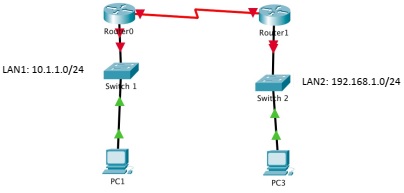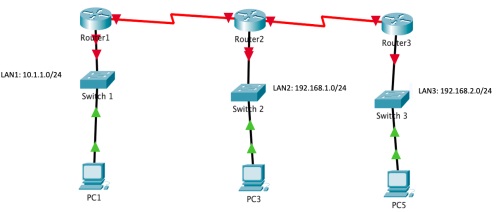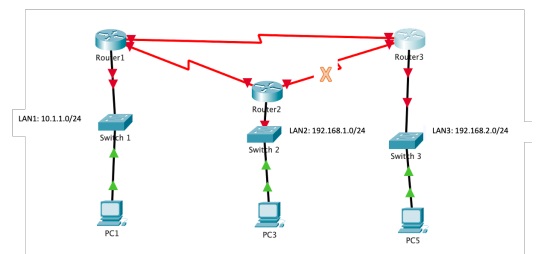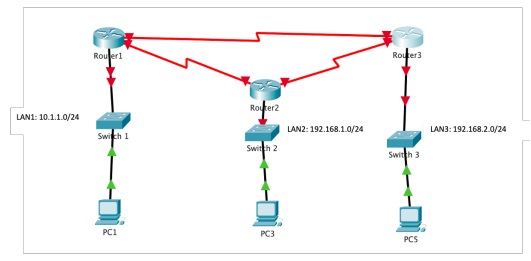Reference no: EM133001799
Active class 7: Who is Instructing What
The learning objective of this class is to learn about routing and routing algorithms.
At the end of this activity, you should be able to:
1. Explain the control plane operation of the Network layer
2. Build a simple network in Cisco Packet Tracer and simulate static routing and dynamic routing.
This class activity is designed to be worked through active participation and collaborating with peers under the guidance of the teaching team in the class. The active classes are designed to be interactive, and they are here for you to extend your learning. However, these classes will only help you to enhance your learning if you come prepared.
Activity 1: Routing
This is a group activity. Therefore, you need to form a group of four (4) or five (5) people. At your table (or in MSTeams chat) discuss the following questions and conduct the role play with your group members. Remember to take notes as they will help you prepare your task submissions and complete other activities.
1. Assume your network has two routers and a separate LAN connects to each router as shown in the following figure.

2. Now we are ready to do a role play. Two group members are acting as LANs (one member for each LAN). They are responsible for all the PC's connected to their corresponding LAN. Two group members (or one member) are acting as data plane of Router 0 and Router 1. The remaining member is acting as the control plane of both routers.
3. Now assume PC1 wants to send a message to PC3, you need to work together to support the request. Each device needs to list your configurations.
4. Discuss the responsibilities of the control plan of the routers. Tips: How router 0 knows about the LAN 2 and router 1
5. You are going to use these discussions for Activity 2 and 3.
Activity 2: Putting what you have learned into practice using Cisco Packet Tracer.
Now it's time to implement your network in Cisco Packet Tracer. Make sure to take screenshots of the networks you build, analysis, and verifications.
1. Open the packet tracer and implement the following network as a group and make sure to use Activity 1 discussions to configure each device in the network.
a. You need to make sure PC1, PC3 and PC5 can communicate with each other. Tip: You need to add static routing to each router now.
b. Verify that PC1 can communicate with both PC3 and PC5 using PING command and simulations.

2. Now, add another serial connection between Router 1 and 3 and remove the direct connectivity between router 2 and 3.

a. Discuss what changes now you need to make to enable the communication between PC1 and PC5 (Tip: what static routes you need to add).
b. Implement the changes and verify that PC1 and communicate with PC5 using PING command and simulations.
Activity 3: Alternative for Static Routing
In activity 2, you have noticed that you need to make changes in routers every time there is a change in the connection. Discuss the following with the group members.
1. Is there any alternative to stop manually configuring the routing table every time the connectivity changes?
2. What are the latest routing algorithms you can use?
3. Is there any routing algorithm available in Cisco Packet Traces?
4. Implement the same network as shown in the following figure. However, this time make sure to use the routing algorithm available in the routers that you use.

5. Verify the network connections using PING (in each PC).
6. Use the simulation tool to send a packet from PC1 to PC5. Have you seen any differences compared to the route you have seen in Activity 2? Explain what happened.
7. Now remove the connection between router 1 and 3 and use the simulation tool to send a packet from PC1 to PC5 without changing any configuration.
8. Explain what you observed.
Attachment:- Routing algorithms.rar